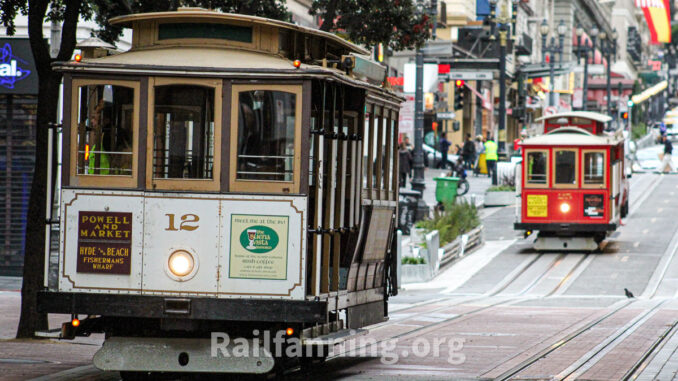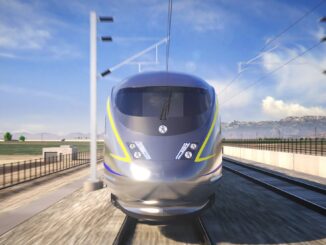
SAN FRANCISCO — Cable cars are a National Historic Landmark and symbolize modern San Francisco, but the system has a deep history.
Englishman Andrew Smith Hallidie conceptualized a cable car system in San Francisco in 1869. He previously built aerial cables for use in western mines.
The idea stemmed from an unfortunate incident where horses pulling a streetcar on wet cobblestones slid backward, resulting in deaths.
Around 1871, Hallidie sought financial support from several people, including Henry L. Davis, Joseph Britton, and James Moffit, who became his primary backers.
On August 2, 1873, the Clay Street Hill Railroad from Kearny Street over Nob Hill to Leavenworth was the first successful cable-operated street-running train. While Hallidie was the line’s promoter, William Eppelsheimer, a German native, was its engineer.
Eppelsheimer and Hallidie were awarded several patents for their contributions to the project.
The system used grip cars with a mechanism to engage with the cable and towing trailer cars. This design was the first to incorporate grips. Eventually, the term “grip” became synonymous with the system’s operator.
On September 1, 1873, the line began providing regular service and quickly became a model for other cable car transit systems. It was a profitable venture, and Hallidie’s patents were used by other cable car promoters, making him a wealthy man.
Accounts differ regarding the precise degree of Hallidie’s involvement in the line’s inception and the exact date it first ran.
Per the city’s franchise agreement, operations had to commence before August 1, 1873.
According to a retrospective published in 1895, a car was driven along the line at 4 a.m. on August 1 with minimal witnesses to ensure the franchise did not expire.
In June 1877, Eppelsheimer filed a lawsuit against Hallidie and the Clay Street Hill Railroad regarding patents. However, Eppelsheimer voluntarily dismissed the suit in March of the following year.
Before long, eight companies laid 112 miles of cable car tracks in the city. Other cities, such as New York, Washington, Cincinnati, Boston, and Chicago, soon had their cable car system.
However, electric street cars replaced cable cars almost everywhere by early 1890, except on steep grades like those in San Francisco.




